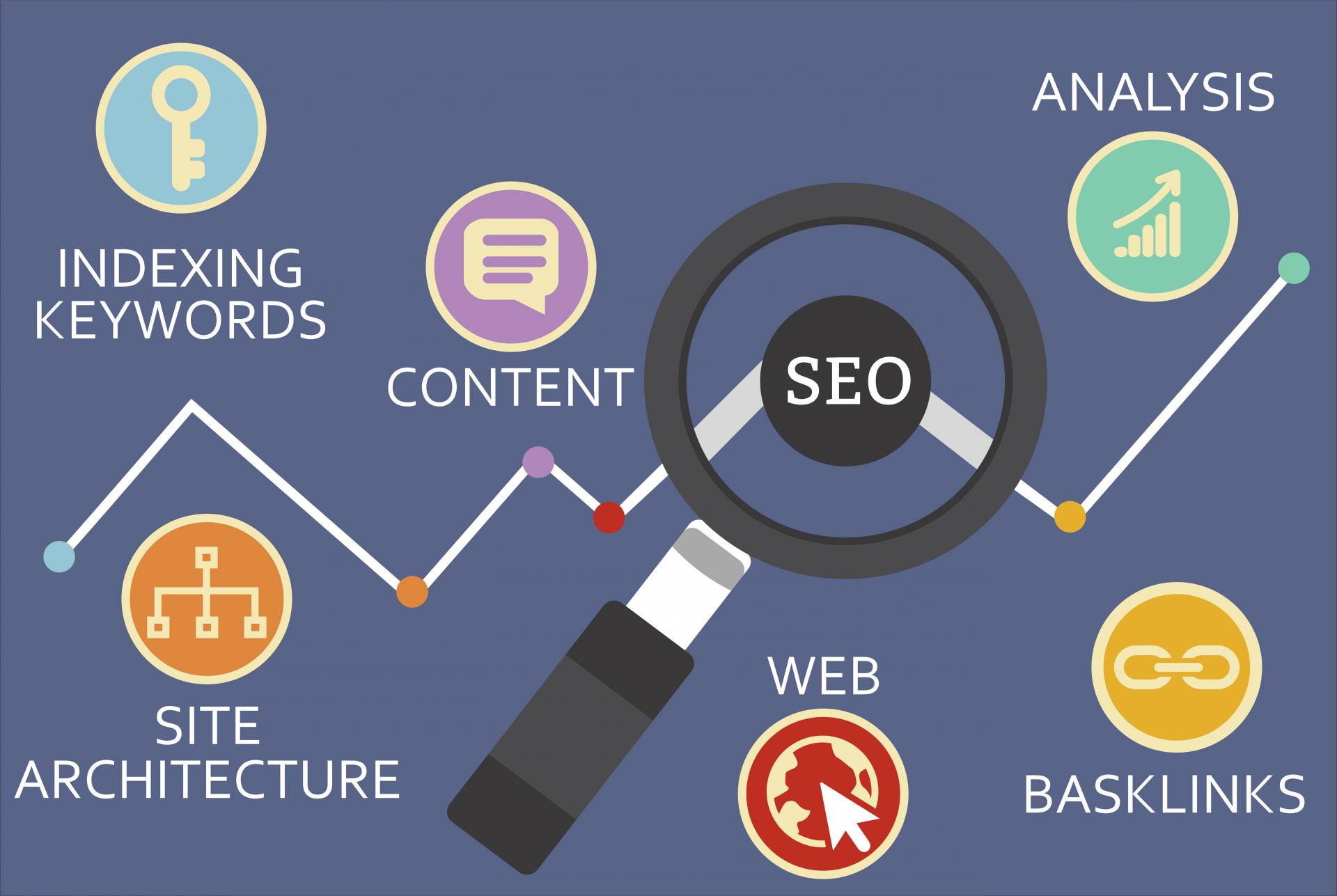
Search Engine Optimization (SEO) refers to the practice of improving a website’s visibility and ranking in organic (non-paid) search engine results pages (SERPs). SEO involves various strategies, techniques, and best practices that aim to optimize a website to increase its chances of appearing prominently in search engine results when users search for relevant keywords or phrases.
The primary goal of SEO is to attract organic traffic from search engines, particularly from popular search engines like Google, Bing, and Yahoo. When a user performs a search, the search engine’s algorithm scans and evaluates millions of web pages to determine the most relevant and authoritative results to display.
SEO encompasses both on-page and off-page optimization factors. On-page SEO focuses on optimizing the website’s individual pages to make them search engine friendly. This includes optimizing meta tags, headers, URLs, and content with relevant keywords, improving website speed and performance, and enhancing the overall user experience.
Off-page SEO, on the other hand, involves activities done outside the website to improve its visibility and reputation. This includes building high-quality backlinks from authoritative websites, promoting content through social media and influencer outreach, and establishing a strong online presence through brand mentions and citations.
Why is SEO important? When your website ranks higher in search engine results, it increases the likelihood of attracting organic traffic. Organic traffic is valuable as it typically consists of users actively seeking information, products, or services related to their search queries. By optimizing your website for relevant keywords and providing high-quality, user-friendly content, you have a better chance of reaching your target audience and driving more conversions, leads, or sales.
It’s important to note that SEO is an ongoing process that requires continuous monitoring, optimization, and adaptation. Search engine algorithms are constantly evolving, and staying up-to-date with industry trends and best practices is crucial to maintaining and improving your website’s search visibility.
Ultimately, SEO helps businesses and website owners improve their online presence, attract targeted traffic, and enhance their overall digital marketing efforts.
How is SEO different from SEM and PPC?
SEO, SEM, and PPC are all related to online marketing, but they are distinct concepts with different approaches and goals:
SEO (Search Engine Optimization): SEO focuses on optimizing a website’s visibility in organic search engine results. The aim is to improve the website’s ranking in search engines through various strategies such as keyword research, on-page optimization, content creation, link building, and user experience enhancement. SEO aims to attract organic (non-paid) traffic to a website over the long term.
SEM (Search Engine Marketing): SEM encompasses various marketing strategies to increase a website’s visibility in search engine results, including both organic and paid methods. While SEO is a component of SEM, SEM also includes paid advertising campaigns like Pay-Per-Click (PPC) advertising. SEM involves optimizing a website for better organic rankings (SEO) and using paid advertising to drive immediate traffic and achieve specific marketing goals.
PPC (Pay-Per-Click): PPC is a form of paid online advertising where advertisers pay a fee each time their ad is clicked. It typically involves bidding on keywords and creating targeted ads that appear on search engine results pages (SERPs) or other online platforms. The most common PPC platform is Google Ads. PPC allows advertisers to reach their target audience quickly and generate immediate traffic to their website. It offers precise targeting options and provides measurable results. 안전카지노사이트
Key Differences:
Organic vs. Paid: SEO focuses on improving organic search rankings to attract non-paid traffic, while PPC is a paid advertising method where advertisers pay for each click on their ads.
Timeframe: SEO is a long-term strategy that requires ongoing optimization and can take time to see significant results. PPC provides immediate visibility and traffic, but its effects cease when the advertising budget is exhausted.
Cost Structure: SEO requires time, effort, and potentially hiring SEO specialists or agencies. PPC involves paying for clicks, with costs depending on factors like competition, keyword selection, and ad quality.
Click Intent: Organic search results driven by SEO typically attract users looking for information, whereas PPC ads can target users with commercial intent, aiming to drive conversions directly.
Control and Flexibility: SEO relies on optimizing a website for search engine algorithms, while PPC allows advertisers to have more control over ad targeting, budget, ad copy, and landing pages.
In summary, SEO is focused on optimizing organic search visibility, SEM combines both organic and paid strategies, and PPC is a paid advertising method that drives immediate traffic. Businesses often use a combination of SEO, SEM, and PPC to maximize their online visibility, attract targeted traffic, and achieve their marketing goals.



